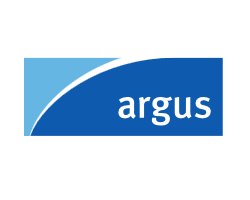Australian Minerals Exploration Expense Hits Record High

By Jo Clarke
December 5, 2022 - Australia's spending on non-petroleum mineral exploration hit a record high of A$1.08bn ($739mn) in July-September, as firms continued to look for iron ore, base metals, battery minerals and coal, despite flooding along the east coast, and continuously rising costs.
Total spending on non-petroleum minerals across Australia during July-September was A$1.08bn, up from A$1.06bn in April-June and A$997.6mn in July-September 2021, according to the latest release from the Australian Bureau of Statistics (ABS). Exploration spending rose to A$3bn in January-September from A$2.64bn a year earlier and from A$1.02bn in the first nine months of 2016.
Exploration on what the ABS calls "other deposits" rose to a record A$140.7mn in July-September from A$103mn in April-June and from A$83mn in July-September 2021. This category includes spending on exploration for lithium and other battery metals, which has increased markedly in the past five years as part of the push for increased electrification to reduce emissions.
Base metal exploration spending also hit a record high of A$267mn in July-September, up from A$241.2mn in April-June and A$236.8mn in July-September 2021, driven by higher spending on copper, nickel, cobalt and zinc deposits. Spending on base metal exploration has been trending upwards and is double of what it was two years ago and more than quadruple of what it was in 2016.
Iron ore exploration eased to A$200.1mn from a nine-year record high of A$201mn in April-June but was up from A$174.5mn in July-September last year. Iron ore prices fell through July-September, but firms are increasingly looking for ore types that might lend themselves to green steelmaking, and large mining firms are still making significant margins, which are used for exploration to maintain production.
Firms spent A$64.1mn on coal exploration in July-September, up from A$61.7mn in April-June, but down from A$66.5mn in July-September 2021. The flat spending reflects difficult operating conditions because of flooding, particularly in New South Wales. Coal mining firms are also attempting to manage near term gains from record-breaking coal prices and an uncertain medium- to long-term outlook as the world looks to decarbonise.
The Australian dollar eased from US$0.69 on 1 July to US$0.63 on 30 September, increasing the cost of imported goods for exploration, such as diesel and explosives. Exploration costs are also rising more broadly across Australia as a skills shortage pushes up wages and the sector faces economy-wide inflation that is being felt more intensely in the remote areas that it largely operates in.

